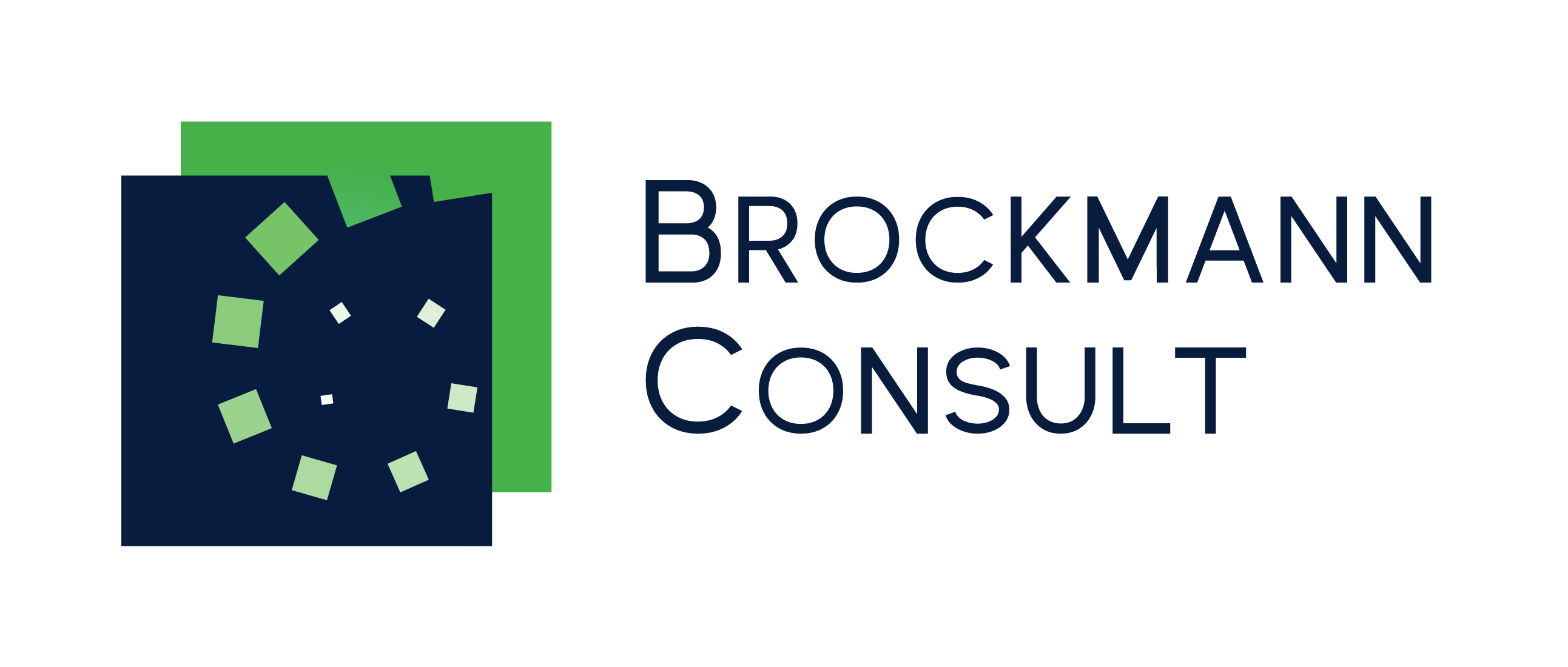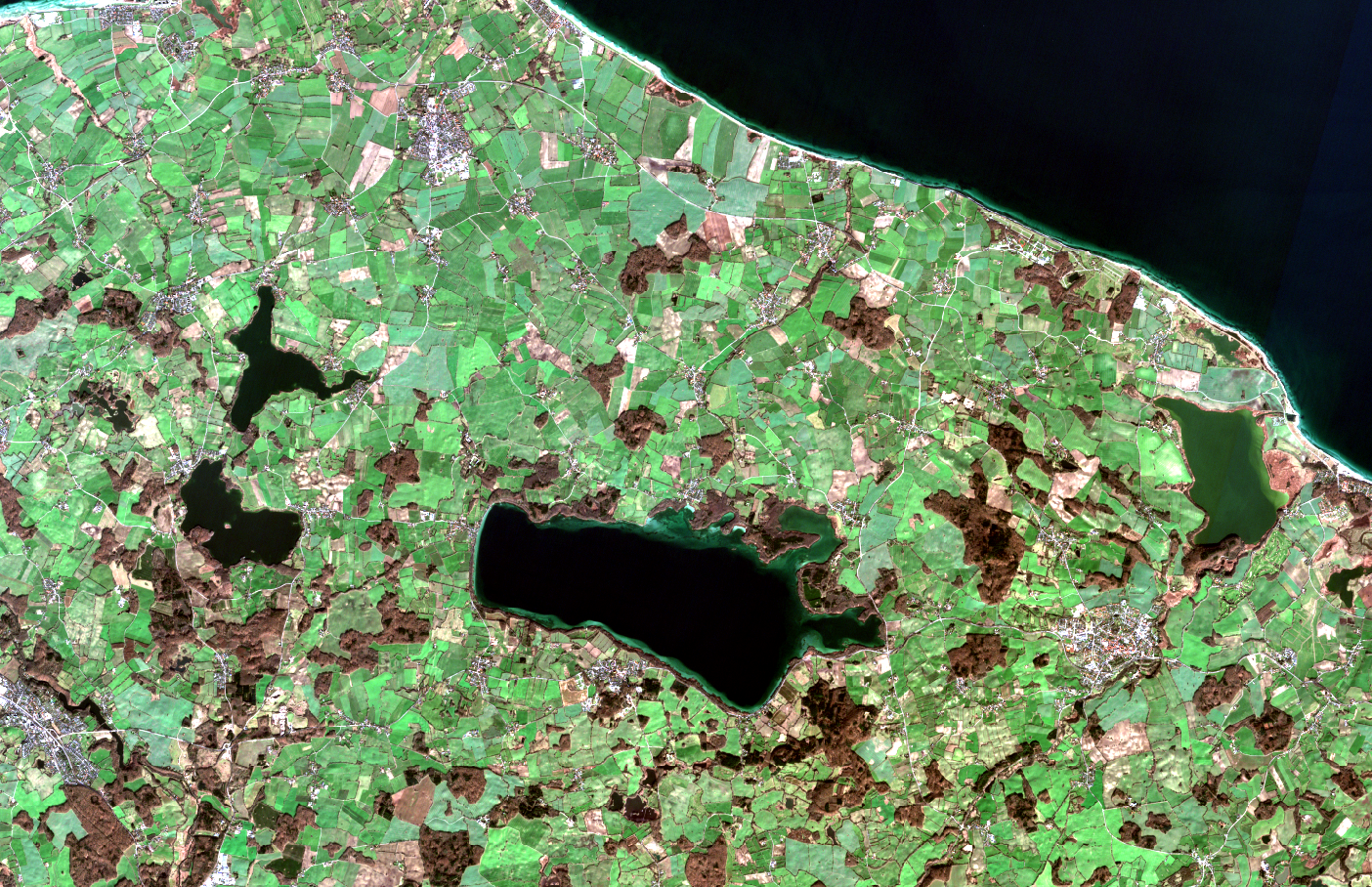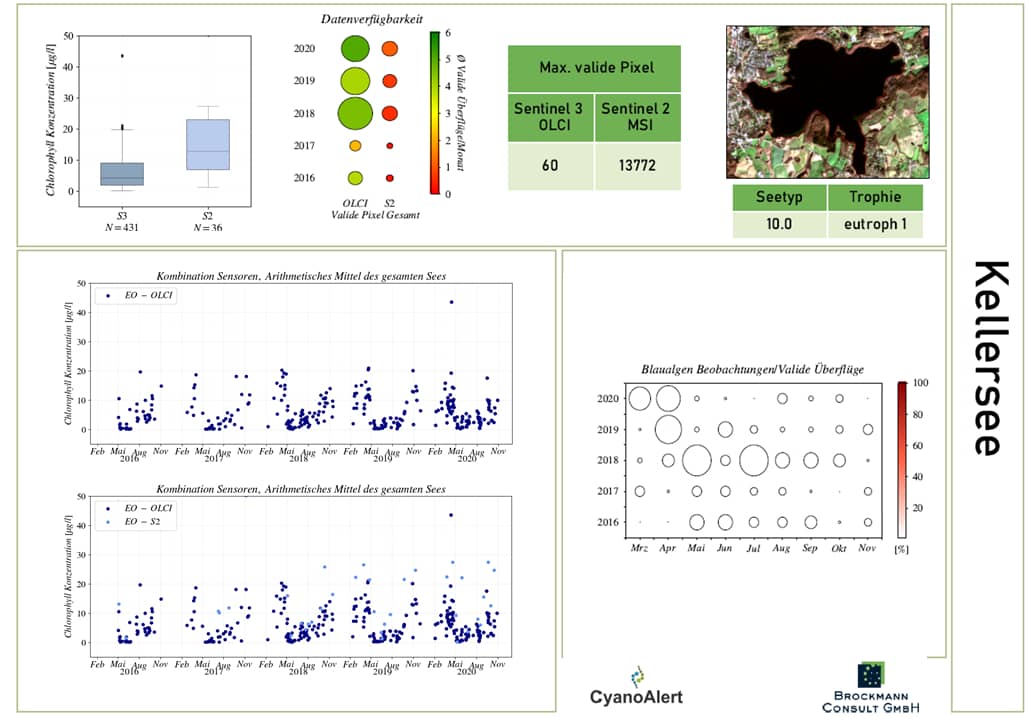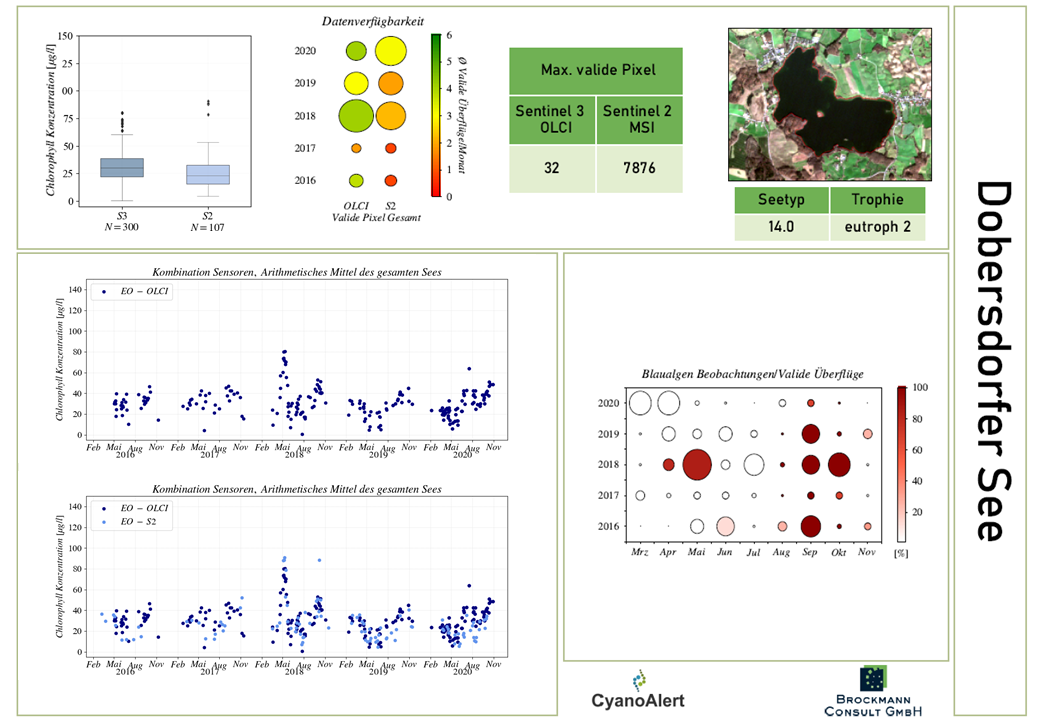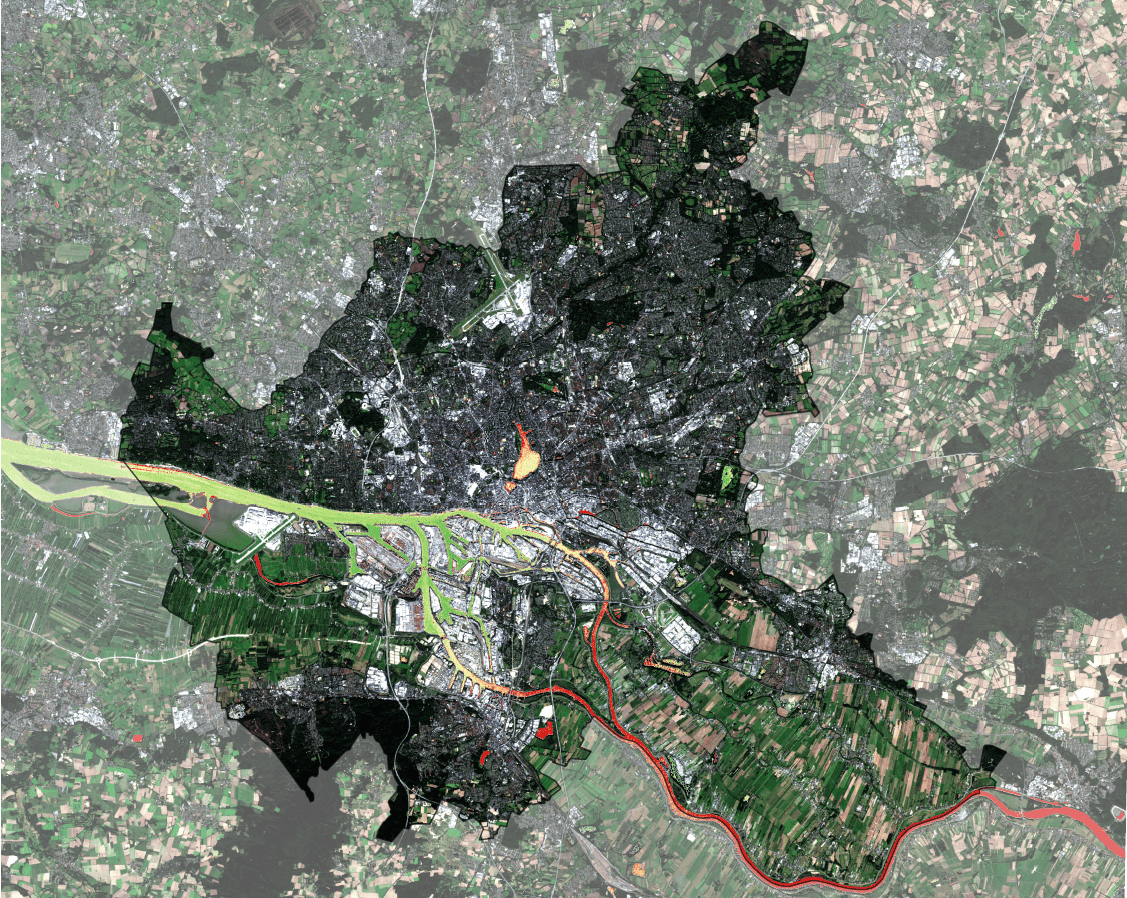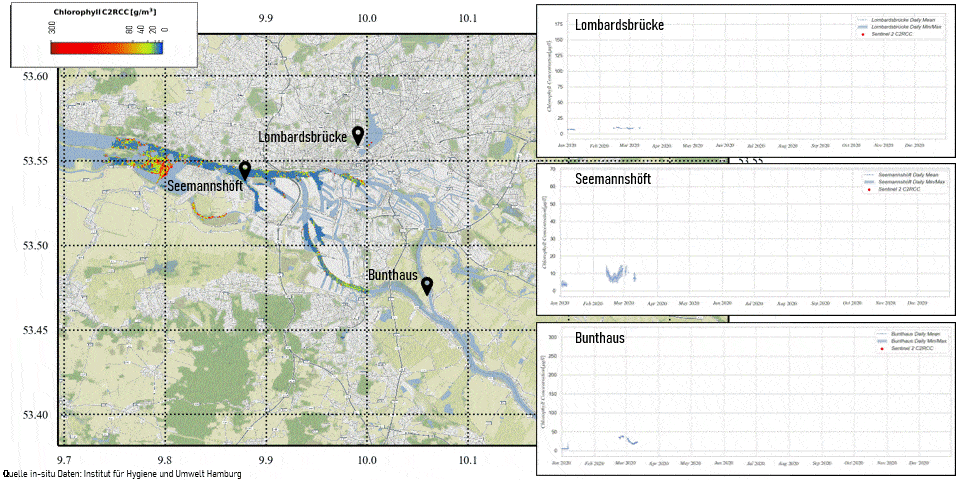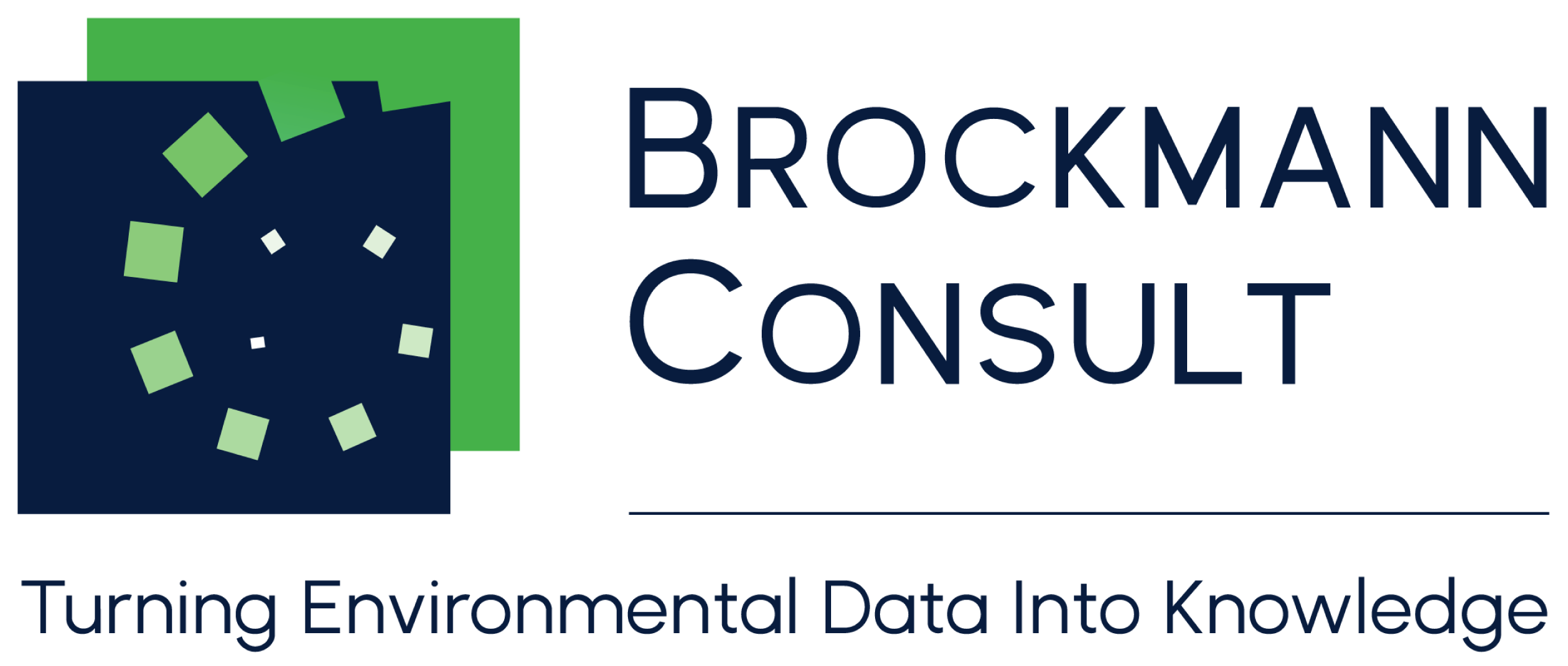Monitoring water constituents of inland water bodies using satellites is gaining increasing importance. Image archives of historic satellites represent valuable data sources to analyze the development of constituent concentrations over time and to derive trends. Changing condition in the water quality also mirrors changes in the environmental status of the water body. To understand and manage lake water quality, particularly in the context of global change, we need to understand how and why inland water bodies respond to different drivers across space and time.
Retrieval of various water constituents
Prominent water quality parameters are Chlorophyll-a, total suspended matter (TSM) and coloured dissolved organic matter (CDOM). Through scattering and/or absorption the water colour is affected, and this can be measured optically. Chlorophyll-a is highly correlated with phytoplankton biomass and therefore a common indicator of the lake trophic state. TSM consists of organic and inorganic components and can significantly impact the light fields in the water column. This affects the optical water properties and thereby influences the biological conditions. Colored dissolved organic matter (CDOM) is the optically active component of dissolved organic carbon and also a key indicator of water quality. For more information of water constituent’s retrieval from space click here. Additionally, cyanobacteria occurrences are monitored from space. algae blooms are more and more frequent in many water bodies and northern Germany water bodies are not spared from this trend. For more information of cyanobacteria monitoring from space click here.
Monitoring water quality of Lakes in Schleswig-Holstein
Together with Lake Department of the Landesamt für Landwirtschaft, Umwelt und ländliche Räume (LLUR) a water quality monitoring is realized for various lakes in Schleswig Holstein.
